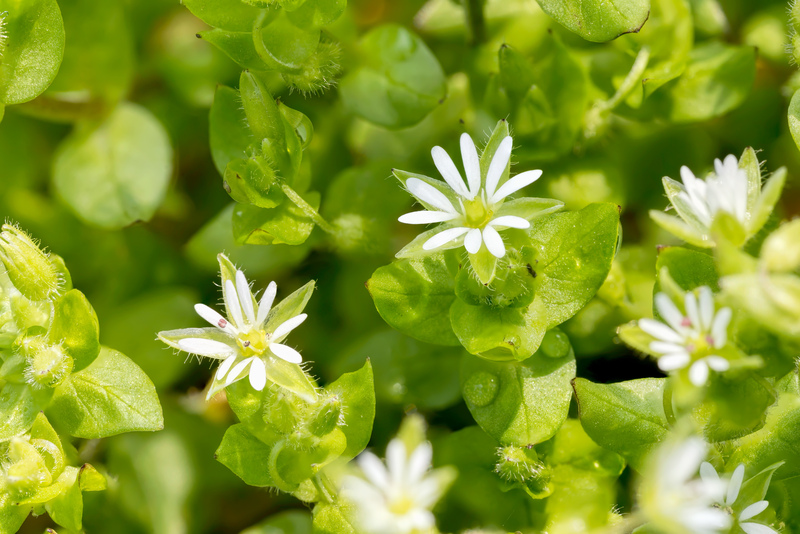Effective Steps to Control Lawn Grubs
Posted on 12/07/2024
Introduction
Lawn grubs, the larvae of beetles, are common pests that can wreak havoc on your lush, green lawn. These pests feed on grassroots, causing significant damage which leaves your lawn looking brown and patchy. Effective grub control starts with understanding their lifecycle and implementing well-timed, strategic measures. This article will guide you through the effective steps to control lawn grubs and keep your lawn healthy.

Identify Lawn Grubs
Before taking any action, the first step is to confirm the presence of lawn grubs. Early signs include brown or dead patches of grass that are easy to pull up, as the roots have been severed. To check for grubs, dig up small sections of turf about a square foot in size. Examine the soil for white, C-shaped grubs just below the surface.
Understand Their Lifecycle
Understanding the lifecycle of lawn grubs is essential for effective control. Lawn grubs are typically at their most vulnerable and destructive phase during late summer and early fall. Adult beetles lay eggs in the soil during midsummer, which hatch into larvae within a few weeks. These grubs will feed on grassroots, go dormant in winter, and then resume feeding in spring before pupating into adult beetles.
Natural Predators
One of the first steps to controlling lawn grubs without chemicals is to encourage natural predators. Birds such as robins and starlings, and beneficial insects like ants and ground beetles, prey on grubs. You can attract these predators by keeping bird feeders and nesting boxes in your garden.
Neem Oil
Neem oil is a natural pesticide that can effectively control lawn grubs. It works by disrupting the lifecycle of the grubs, preventing them from growing and reproducing. Mix neem oil with water according to the product instructions and spray it evenly across your lawn.
Milky Spore Disease
This biological control method involves introducing Milky Spore Disease into your lawn, which specifically targets Japanese beetle grubs. Apply it to your lawn during the warm months and water it to help the spores penetrate the soil. The grubs ingest the spores, which eventually kill them.
Nematodes
Beneficial nematodes are microscopic worms that can be very effective against lawn grubs. They penetrate the grubs and release bacteria that kill them. For best results, apply nematodes when the soil is moist, usually in the early morning or evening, and water your lawn well before and after the application.
Proper Lawn Maintenance
A well-maintained lawn is less likely to suffer severe damage from grubs. Proper irrigation, fertilization, and mowing practices can help keep your lawn robust and resilient. Keep the grass height around 2-3 inches, as longer grass can shade the soil and deter beetles from laying eggs.
Lawn Treatment Products
Chemical treatments such as insecticides can effectively control severe grub infestations. Products containing imidacloprid, chlorantraniliprole, or carbaryl are commonly recommended. Apply these treatments in late summer when the grubs are young and most susceptible. Follow the product instructions carefully to ensure safe and effective application.
Pros and Cons of Lawn Grub Control Methods
**Pros:**
- Natural methods like promoting predators and using neem oil are environmentally friendly.
- Milky Spore and nematodes offer long-term control.
- Proper lawn maintenance can prevent infestations from occurring in the first place.
**Cons:**
- Natural methods may take longer to show results.
- Biological controls like nematodes and Milky Spore require specific conditions for effectiveness.
- Chemical treatments, while effective, can harm beneficial insects and the environment if not used correctly.
Tips for Effective Lawn Grub Control
- Regularly inspect your lawn for early signs of grub damage.
- Apply treatments at the right time, ideally in late summer or early fall.
- Water your lawn properly to apply nematodes and other treatments effectively.
- Follow instructions carefully when using chemical products.
- Combine different methods for a more comprehensive approach.

Takeaways
- Identifying and understanding the lifecycle of lawn grubs is crucial.
- Natural and biological methods can provide effective, environmentally-friendly grub control.
- Proper lawn maintenance can prevent and mitigate grub damage.
- Chemical treatments should be used as a last resort and applied correctly.
Conclusion
Controlling lawn grubs requires a combination of timely interventions, natural predators, and sometimes chemical treatments. Understanding the lifecycle of grubs, maintaining a healthy lawn, and applying treatments at the right times are key to keeping these pests in check. By following these effective steps, you can ensure a beautiful and healthy lawn free from the blight of grubs.



